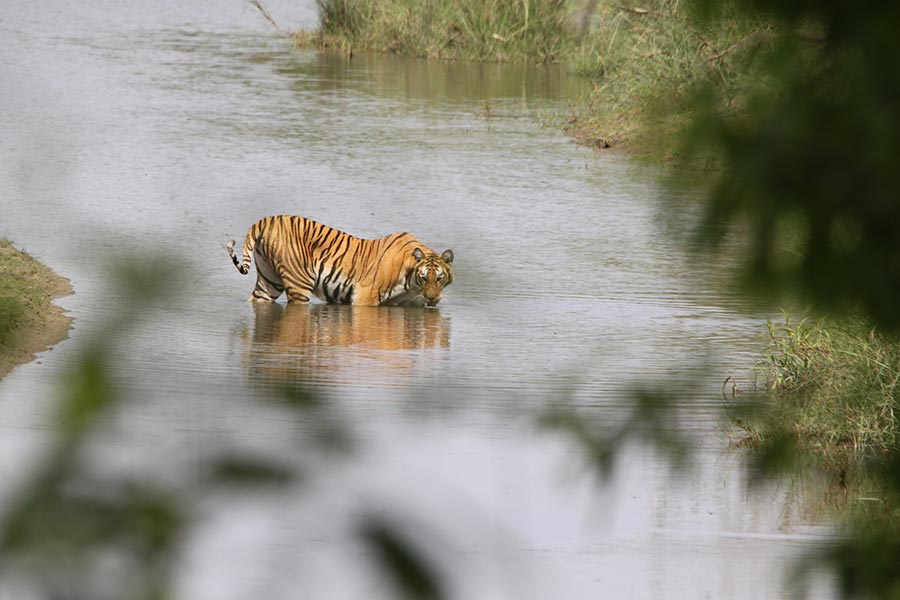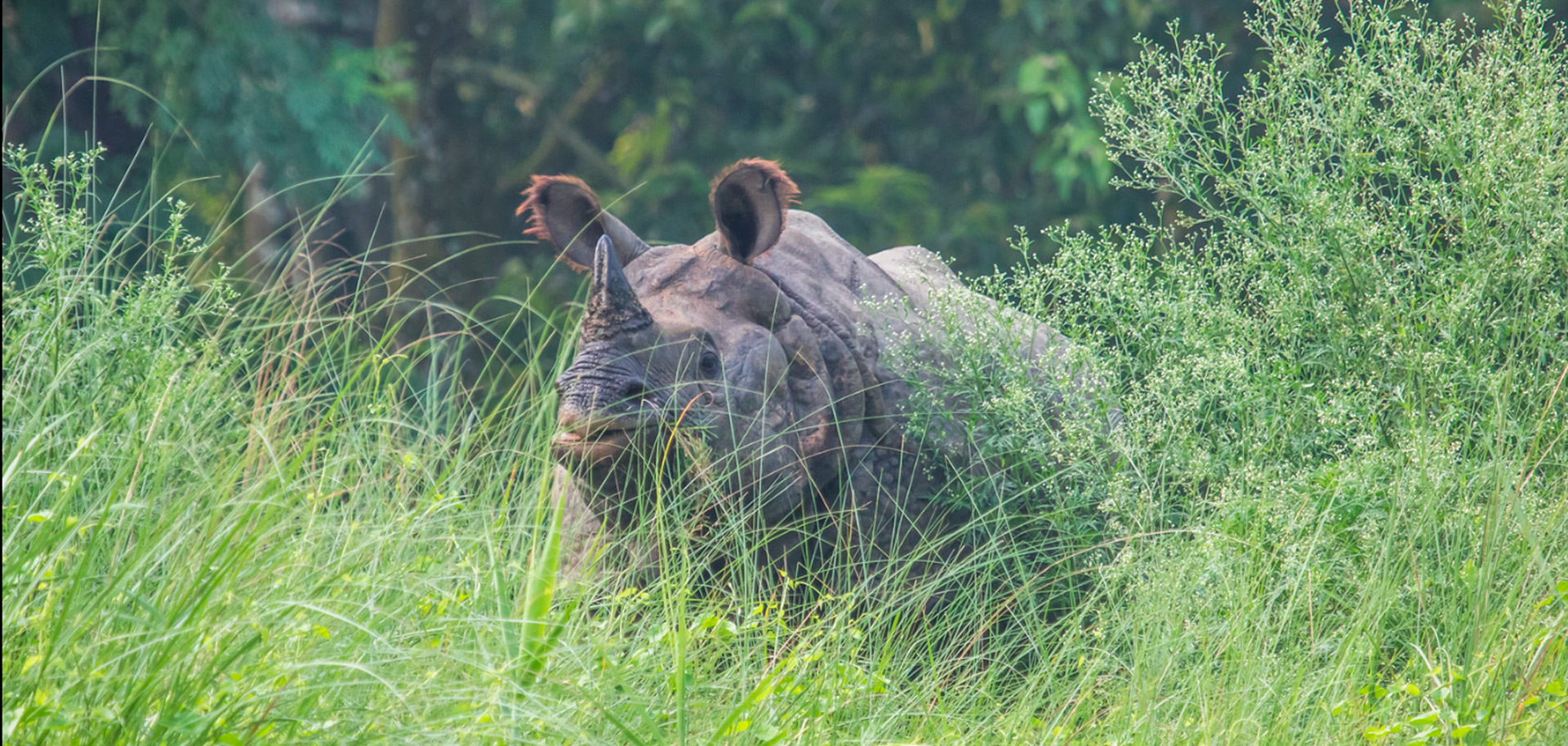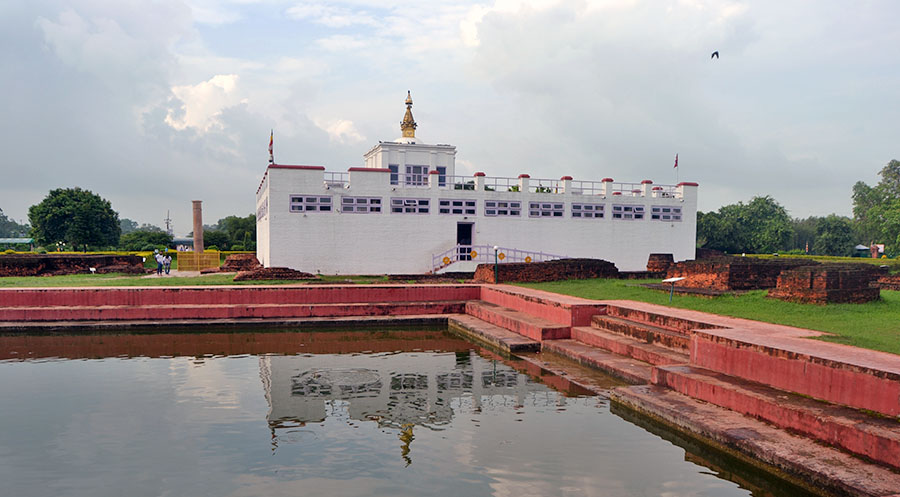Choosing Jungle Safari Destination in Nepal
Most visitors to Nepal think of Nepal as a trekking destination, home to the high Himalayas. Apart from its classical identity, Nepal has plenty to offer its visitors. The scenery of the southern plain is very different from that of the northern Himalayas. The plains (Terai) have a tropical climate and are covered with lush woods. The country has designated the vegetation as a national park. Chitwan and Bardia National Parks are two of Nepal’s most prominent national parks on the plains. These national parks are famous for their Jungle Safari activities. In recent decades, more people have visited national parks to see rhinos, tigers, elephants, and a variety of birds in their natural habitat.
Which national park to choose?
Nepal has ten national parks, two of which, Chitwan and Bardia, are particularly enticing to visitors interested in jungle activities and wildlife. Chitwan is becoming more popular as a result of its proximity to Kathmandu, and it attracts numerous people each year. Bardia is a long way from everywhere, but if you want to get away from the crowds, it’s worth the exploration.
Both parks are best visited during Nepal’s dry season, which spans from March to April. At this time of year, the jungle foliage is less dense, making it easier to spot wildlife. This season, the parks will have fewer water sources available to wildlife, so guides will be able to better estimate where the animals will be drinking and bathing.
October and November are the best months to visit the forest. The forest is lush following the summer monsoon season, making animal identification difficult, but the weather is pleasant (with afternoon temperatures hovering about 70° F).
Chitwan National Park – Jungle Safari in Nepal
Chitwan was Nepal’s first national park established in 1973. It is a 5-6 hours drive and a 25-minute flight from Kathmandu. The park covers 360 square kilometers of sal forests, grassland, and wetlands. The national parks are spread in the subtropical region of the Inner Terai (plains).
Jungle Safari in Chitwan National Park
It is mandatory to accompany a natural guide to visit. Basically, safari expeditions begin early in the morning, when animals are more active and the heat is less oppressive. Safari walks, kayaking and a vehicle safari in the park are all options for exploration. One can experience Chitwan Jungle Safari with a 2 Night 3 Days package and can extend his trip for weeks to explore.
Wildlife in Chitwan
The Asian one-horned rhino may be seen at Chitwan, which is a rare chance given the rhino’s near-extinction in Nepal’s jungle owing to poaching in the early twentieth century. Chitwan began as a rhino sanctuary in 1962 before becoming the country’s first national park a decade later. There are currently 500 rhinos in the park.
Chitwan also has one of the world’s greatest Bengal tiger populations, with an estimated 122 roaming the area. They may be difficult to notice in a thick forest with several water sources for the animals. At this stage, an experienced local guide may help to point it.
Other species to keep an eye out for are Indian Bison, Langurs, four types of deer, the Fish-eating Gharial crocodile, and 150 different types of butterflies. You could spot a Leopard, Sloth bear, or wild elephant if you’re extremely lucky. In addition, there are approximately 500 bird species, including herons, Kingfishers, Flycatchers, Woodpeckers, Red Jungle Fowl, and Egrets. The greatest time to observe birds in Chitwan is in March or December; serious birdwatchers are advised to schedule their trip around these months.
How to get to Chitwan National Park
Chitwan is a 5- to 6-hour drive from Kathmandu. You may also fly into Bharatpur Airport, which is located just outside the park, from Kathmandu. Every day, there are multiple flights from Kathmandu that take 25 minutes. Drive for 20 minutes after arriving in Bharatpur to reach the park gate.
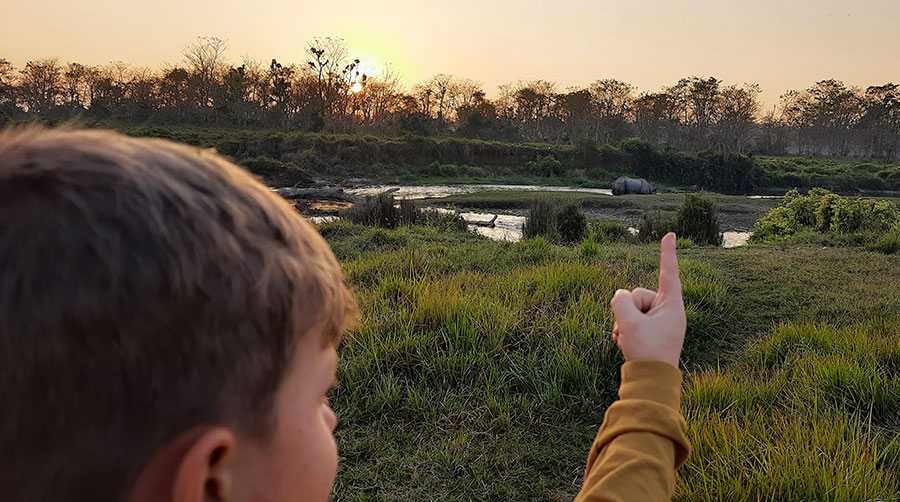
The two entry sites to Chitwan National Park are Sauraha in the east and Meghauli Village in the west.
Accommodation during the Chitwan National Park Wildlife tour
The places like Sauraha of Chitwan are quite developed in terms of accommodation. The tourist standard resorts and hotels range from basic standards to luxurious ones.
Bardia National Park – Jungle Safari in Nepal
Bardia National Park is extremely distant, located on the border with northern India in the mid-Far Western region of Nepal’s plain. If you want to get away from the throng and feel like you have Nepal’s wildness all to yourself, Bardia is the perfect place to be. Bardia National Park is less commercialized than Chitwan. The park has 373 square miles of lush sal woodland and grassland cut through by the jade-colored Karnali River. Since few visitors come here, you may spend hours here without seeing another soul.
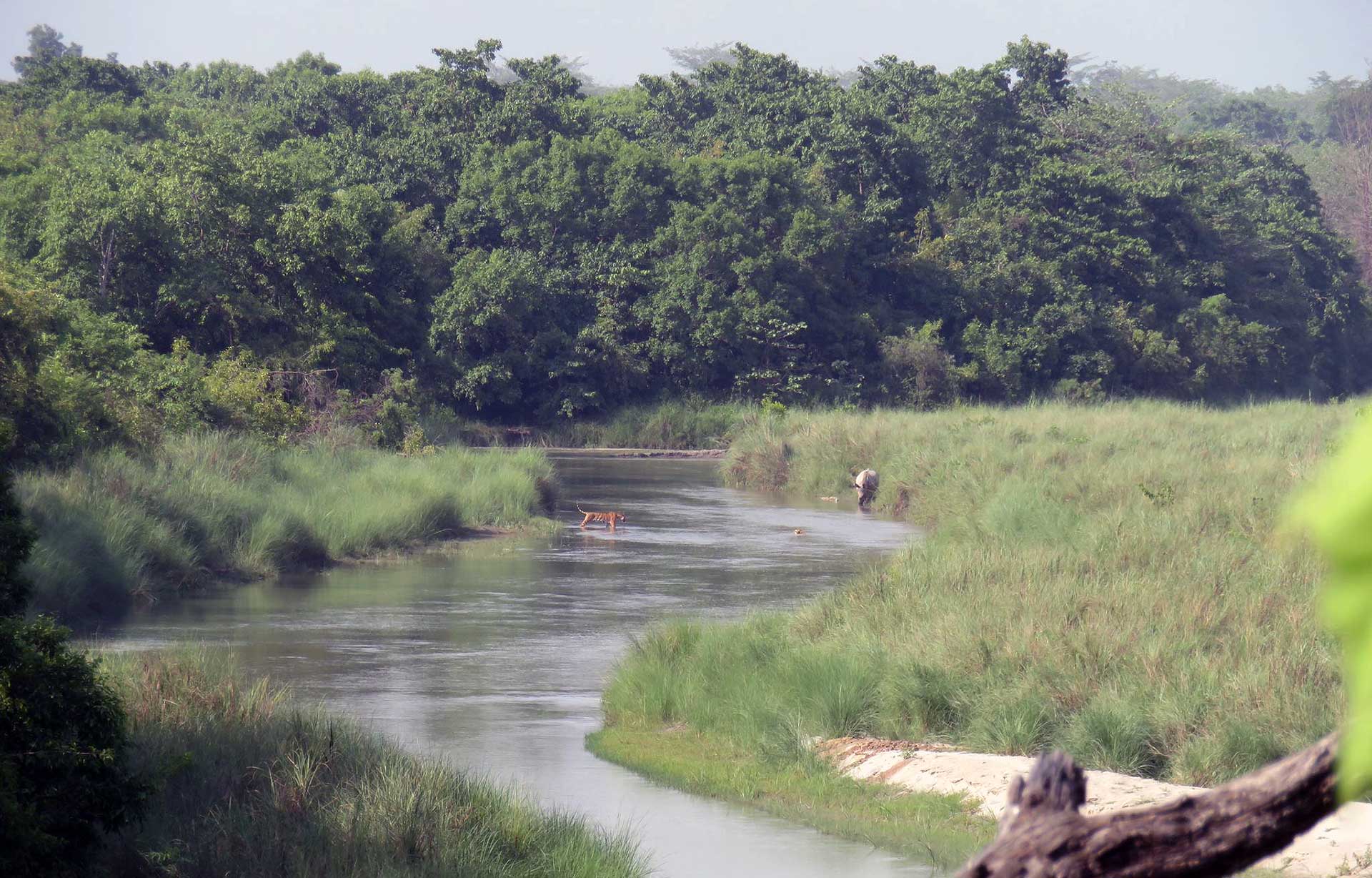
The park is well-known for its diverse ecosystems, which range from barren highland slopes to areas of grassy lowlands. This means you’ll see a lot of animals ranging from water bodies to giant mammals. Plan for Allow at least three or four days here if possible, and begin your days early, during the early morning animals are most active and temps are quite acceptable.
Banke National Park was formed on the eastern boundary of Bardia in 2010. The parks comprise Asia’s largest tiger conservation area when combined. Because the foliage isn’t as dense as it is in Chitwan, and there aren’t as many water sources, there’s a better possibility of seeing them in Bardia.
Wildlife in Bardia National Park
While Jungle Safari in Nepal, Bardia, expect a one-horned Rhino as well. They appear to prefer the park’s western side. The park is also home to Asian elephants, spotted deer, hog deer, nilgai antelopes, wild boars, leopards, jackals, and freshwater Gangetic dolphins. Bardia National Park is a good habitat for a variety of endangered species, including the Bengal florican, Sliver-eared Mesia, Sarus crane, and Lesser Florican.
How to get to Bardia National Park?
You may travel from Kathmandu to Nepalganj Airport, which is a three-hour bus trip or four-wheeler ride from the park. Flights are scheduled five times each day. Thakurdwara is the neighboring National Park’s major intersection, where you can also get lodging. You may also board a normal bus from Dhangadi or Kathmandu and get off at Ambassa. Then, to go to the national park, use a local bus or a private vehicle.
Accommodation during the Bardia National Park Jungle Safari
You will have a variety of accommodation options while in Bardia. Staying in the resort will feel like you experience a natural environment. The family-run homestay offers an authentic local feel with your wildlife tour. You may customize your accommodation style ranging from tourist standard basic lodges to star hotels. Basically, our tour packages include the hotels at Thakurdwara, the headquarters of the Bardia National Park.

